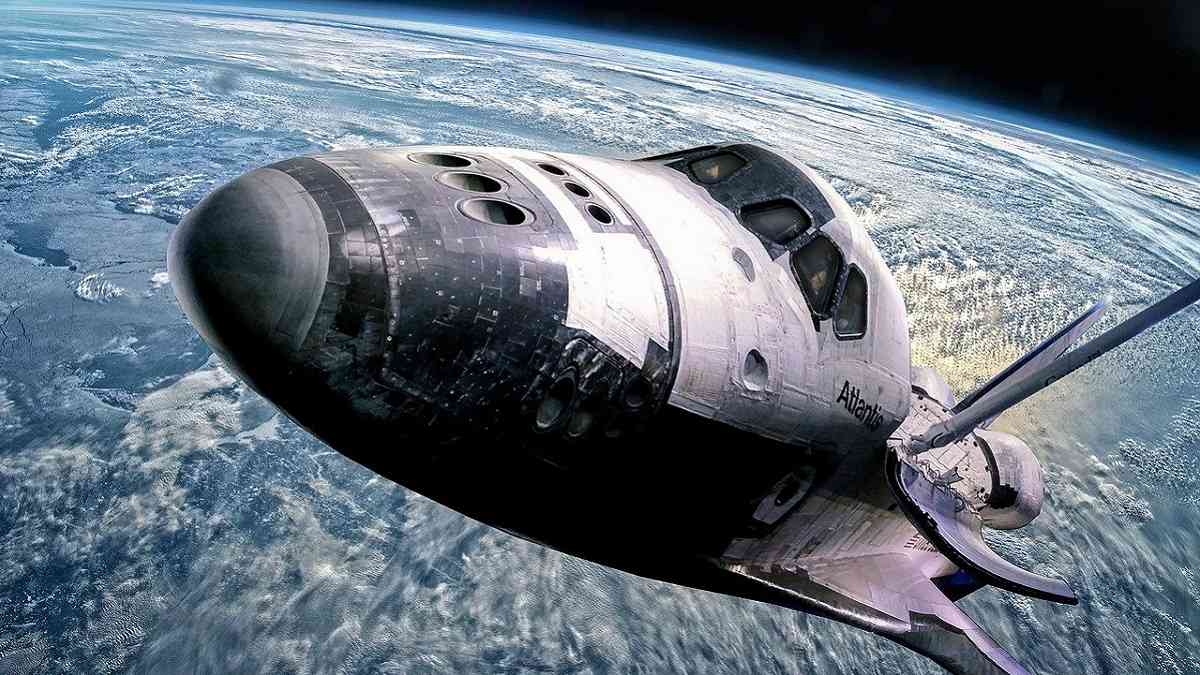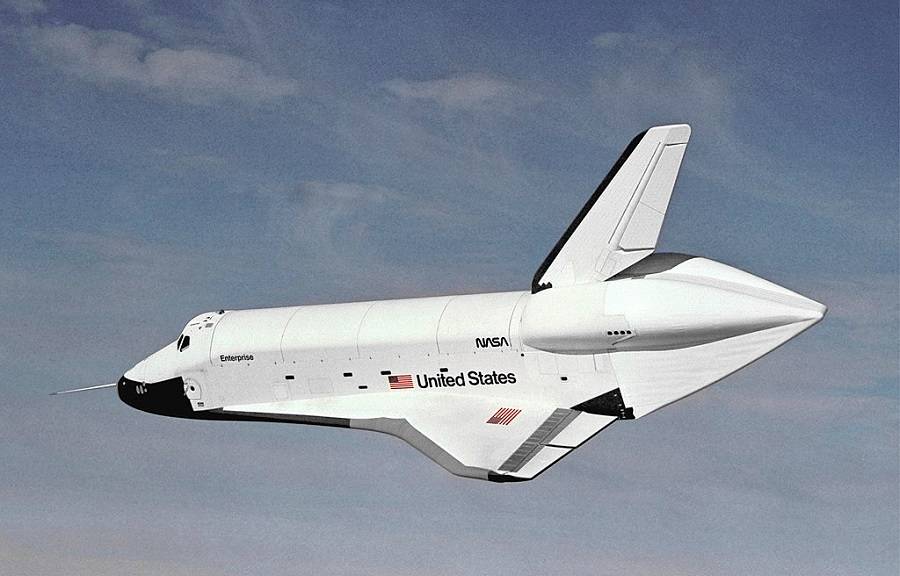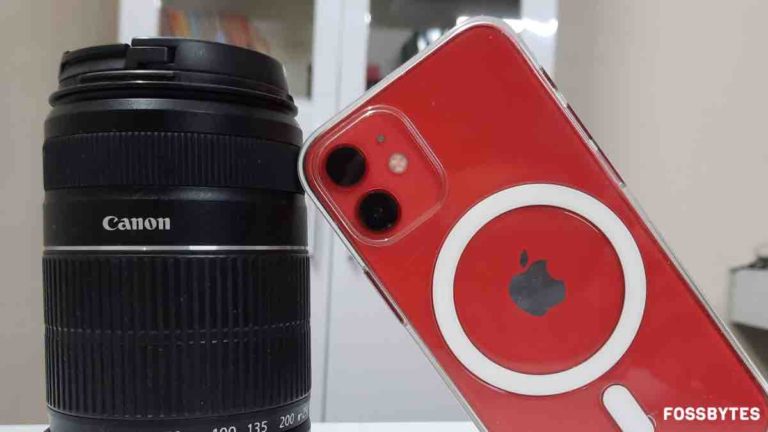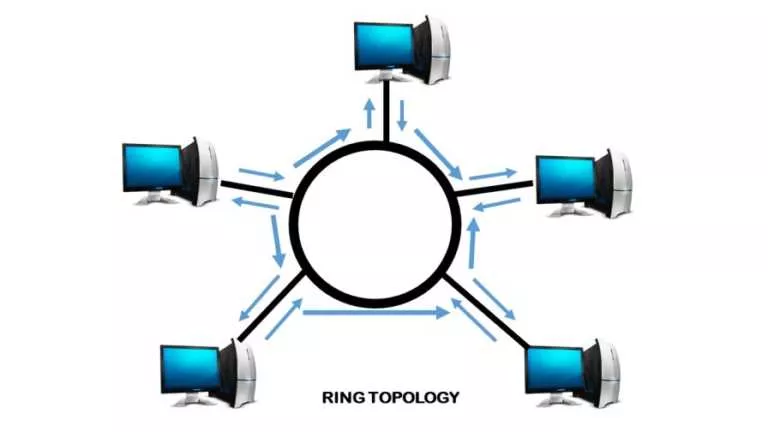What Is An Orbiter Vehicle?

‘Orbiter vehicle’ was a black-and-white aircraft attached to a space shuttle that housed astronauts and payloads. It was the most crucial part of NASA’s defunct Space Transport System (STS). Its importance is highlighted because the space organization has even called it “the brains and the heart” of STS.
An orbiter vehicle mainly consisted of the forward, mid, and aft fuselages. The forward fuselage contained the cockpit, astronauts’ living quarters, and an experimental operator’s station. The payload stayed in the payload bay of the mid-fuselage. The aft-fuselage is home to the orbiter’s three main engines and thrusters.
Between 1977-2011, NASA built six orbiters, namely, Atlantis, Challenger, Columbia, Discovery, Endeavour, and Enterprise. Only five orbiters went to space as the inaugural spacecraft Enterprise was exclusively used for atmospheric test flights.

First Orbiter Vehicle to go to Space
The first-ever space shuttle orbiter that launched into space was Columbia. It went on a mission, codenamed STS-1, on April 12, 1981. The journey flew two astronauts around Earth’s orbit 36 times in 54.5 hours.
Notably, it completed 28 missions during its run, which ended with STS-107 in 2003. During the final stages of that mission, Space Shuttle Columbia broke apart while re-entering the atmosphere. As a result, the entire crew of seven astronauts perished in the accident.
Orbiter Vehicle that wrapped up NASA’s final Space Shuttle mission
The space shuttle program came to an end on July 21, 2011, when Endeavor completed the STS-135 mission. The mission’s purpose was to deliver cargo to the International Space Station (ISS). Moreover, only four astronauts were on board, making it the smallest space shuttle crew in 28 years.
Interestingly, this small crew size was intentional as NASA wanted to make sure that rescuing everyone (via a nearby Soyuz spacecraft) was possible in the event of a malfunction.
If you like this simple explainer, check out our Short Bytes section. We take complex tech topics and break them into short, easy-to-understand articles.






